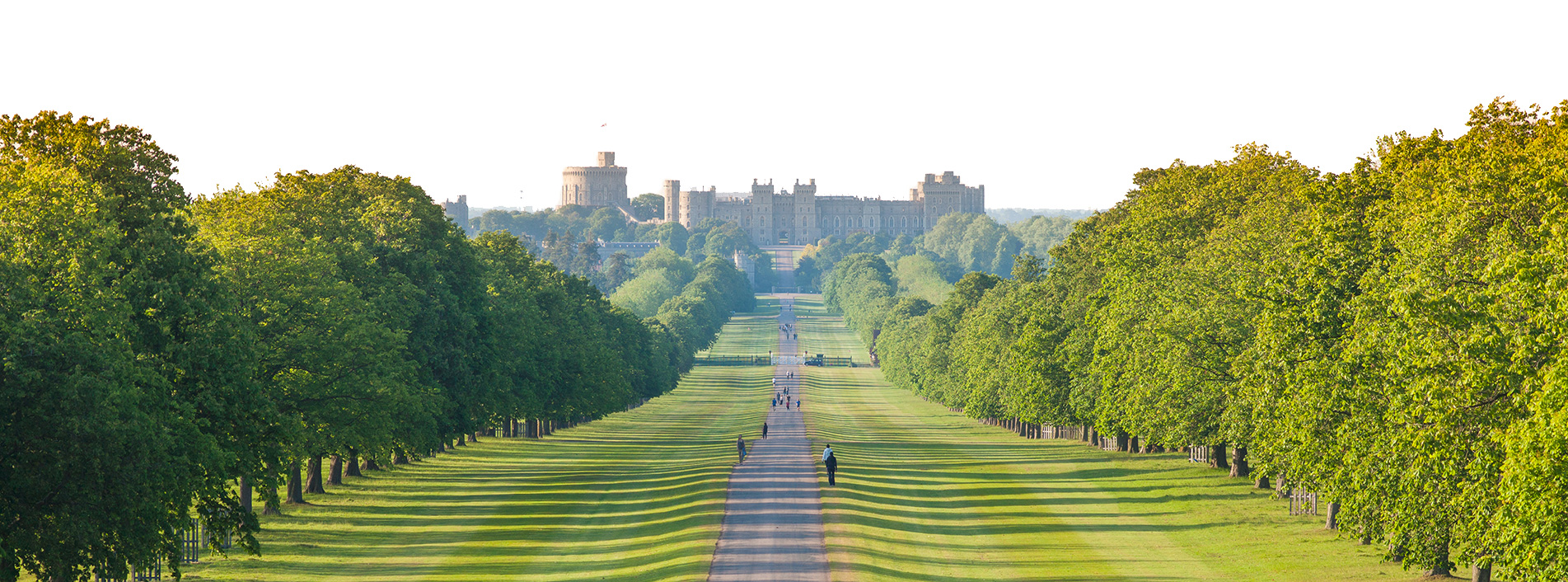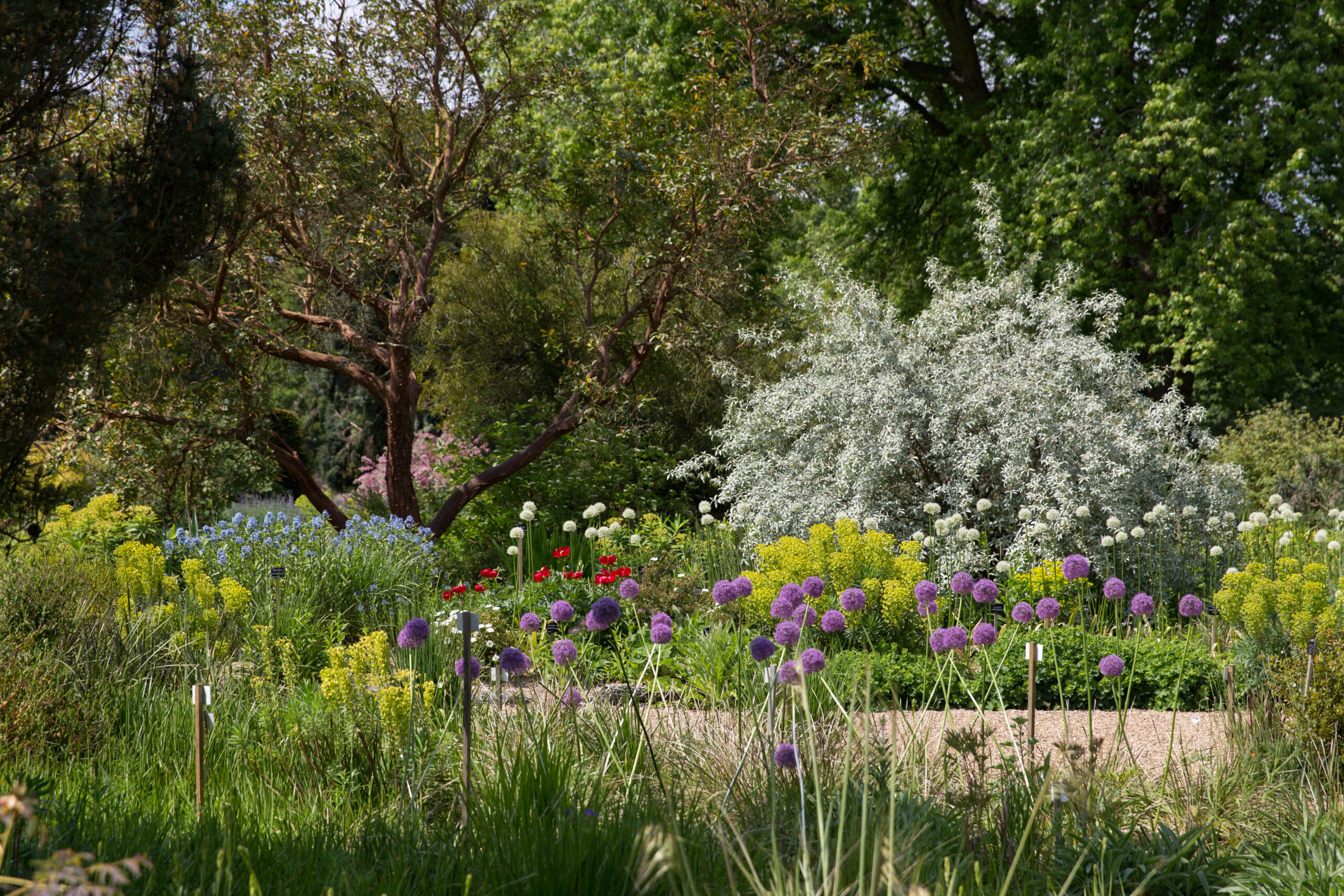
The Dry Garden’s woody secrets

Published by
John Anderson
Keeper of the Gardens
May 16 2024
Share this article
The Savill Garden is one of the foremost woodland gardens in the UK. Its displays of colour and textures are renowned – with great emphasis on the spring flowering plants from woodland bulbs and perennials especially the dog’s toothed fawn lily (Erythronium revolutum) to magnolias and rhododendrons.
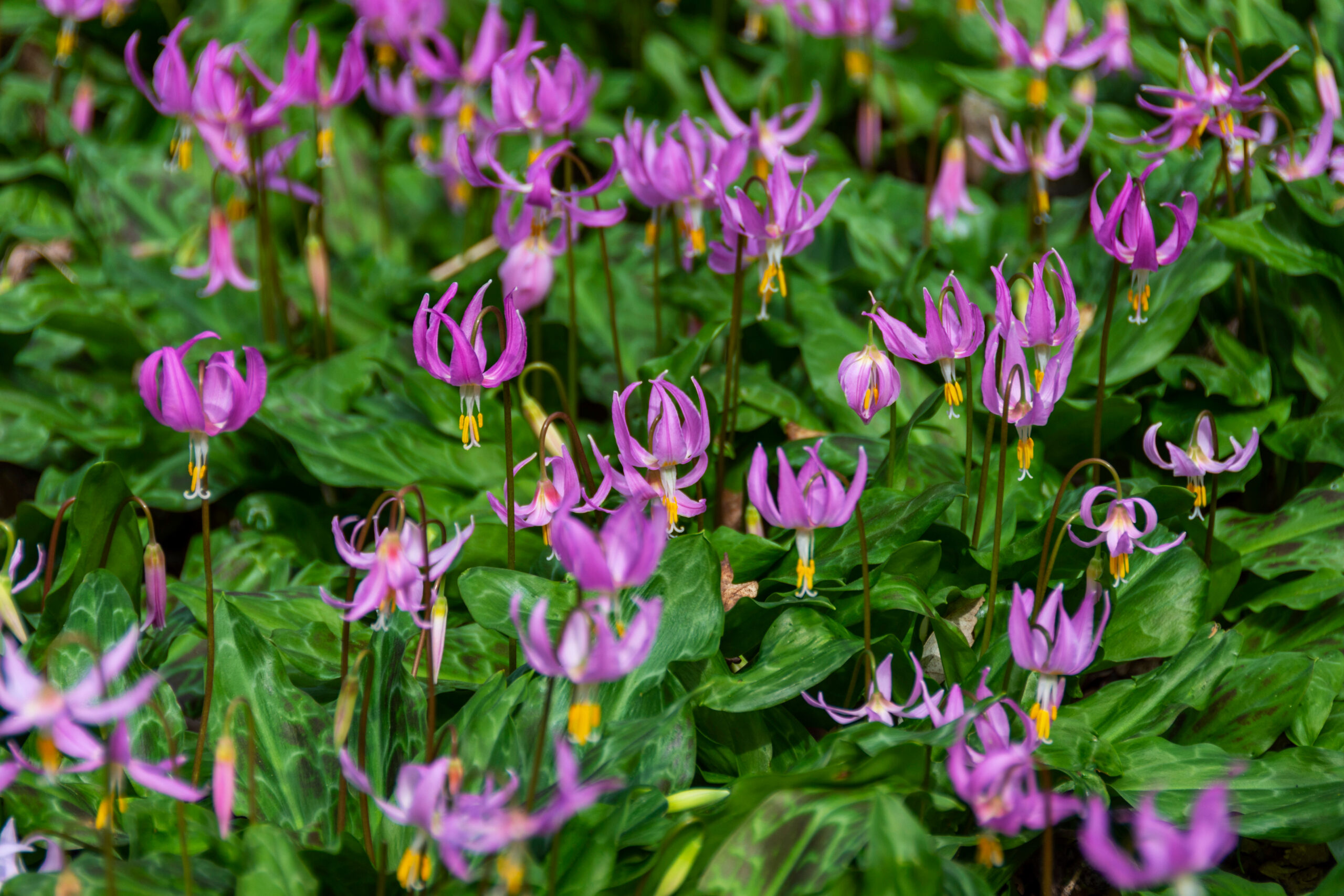
Dog’s toothed fawn lily
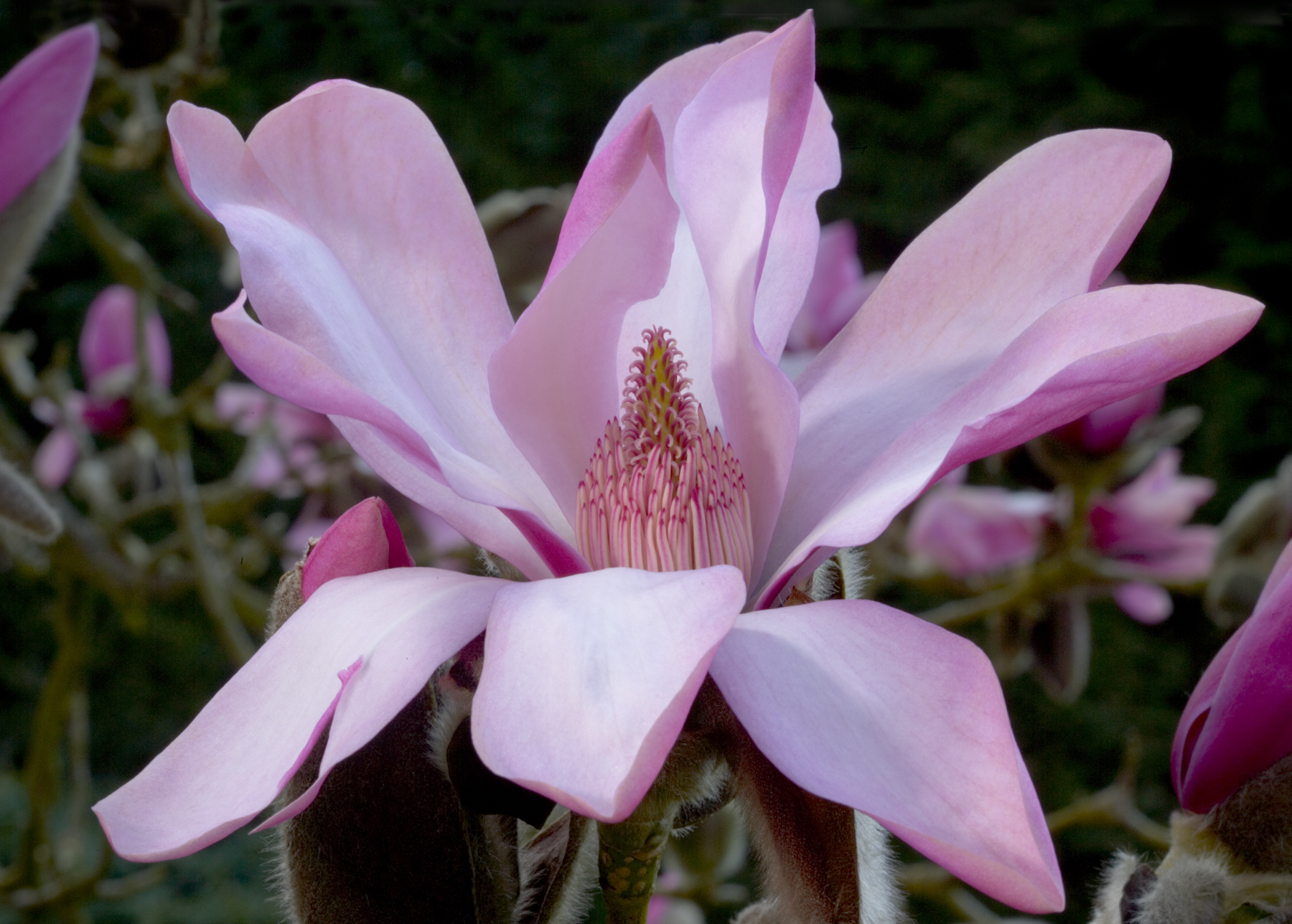
One of the most important areas of The Savill Garden is the UK’s first Dry Garden which came about after the hottest summer on record at the time, in 1976.
Previously the Rose Garden, the then Keeper of the Gardens John Bond decided that the area was no longer productive for roses and moved them to their current site, remaining there for the next 35 years.
Then, in 2010 The Keeper of the Gardens, Mark Flanagan asked Garden Designer, Andrew Wilson to design a Contemporary Rose Garden, the result of which is what we see today with its viewing platform and circular style.
The Dry Garden today is a great example of what can be cultivated in a sunny location on a free draining soil where the ground is covered in gravel.
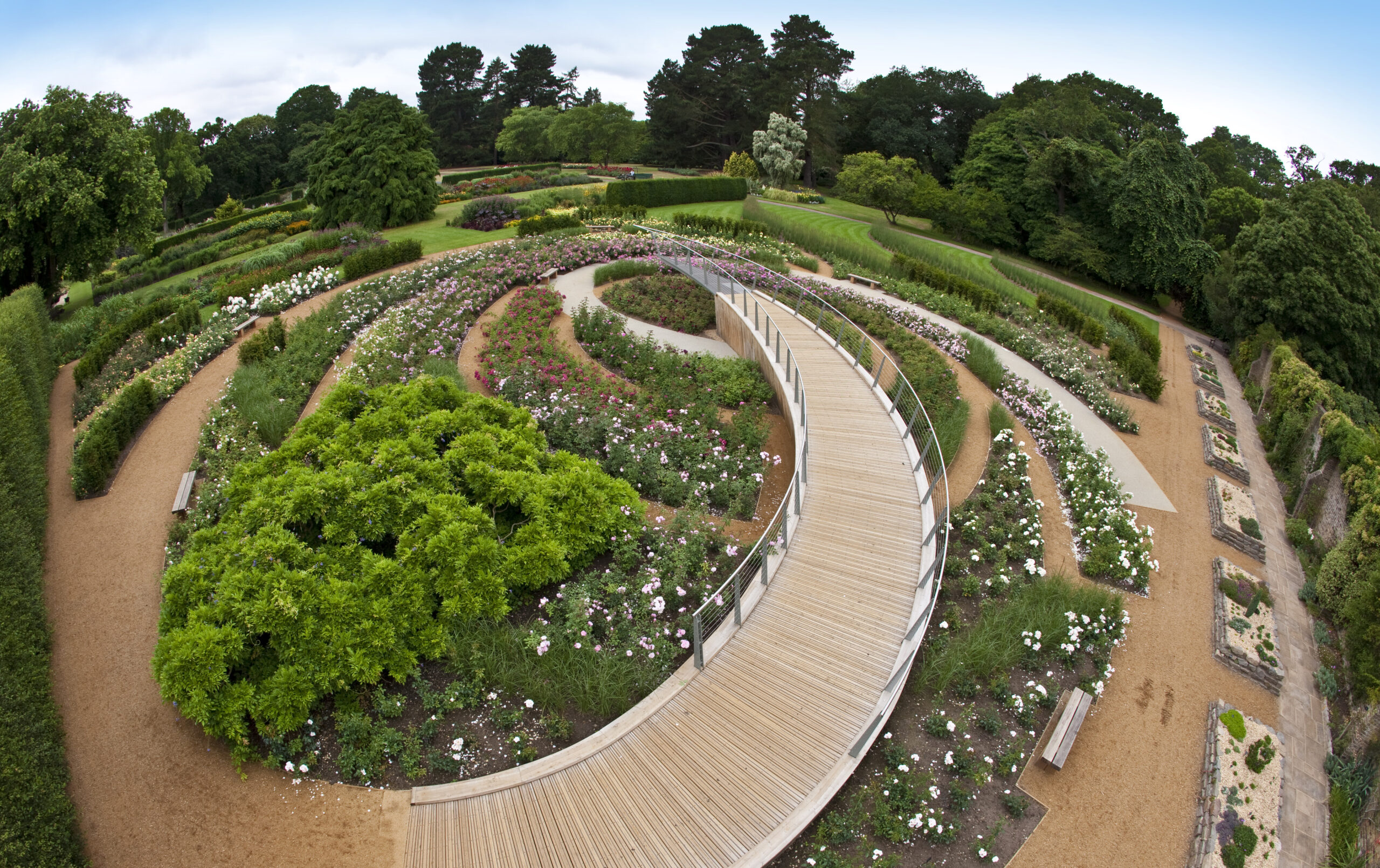
The Rose Garden
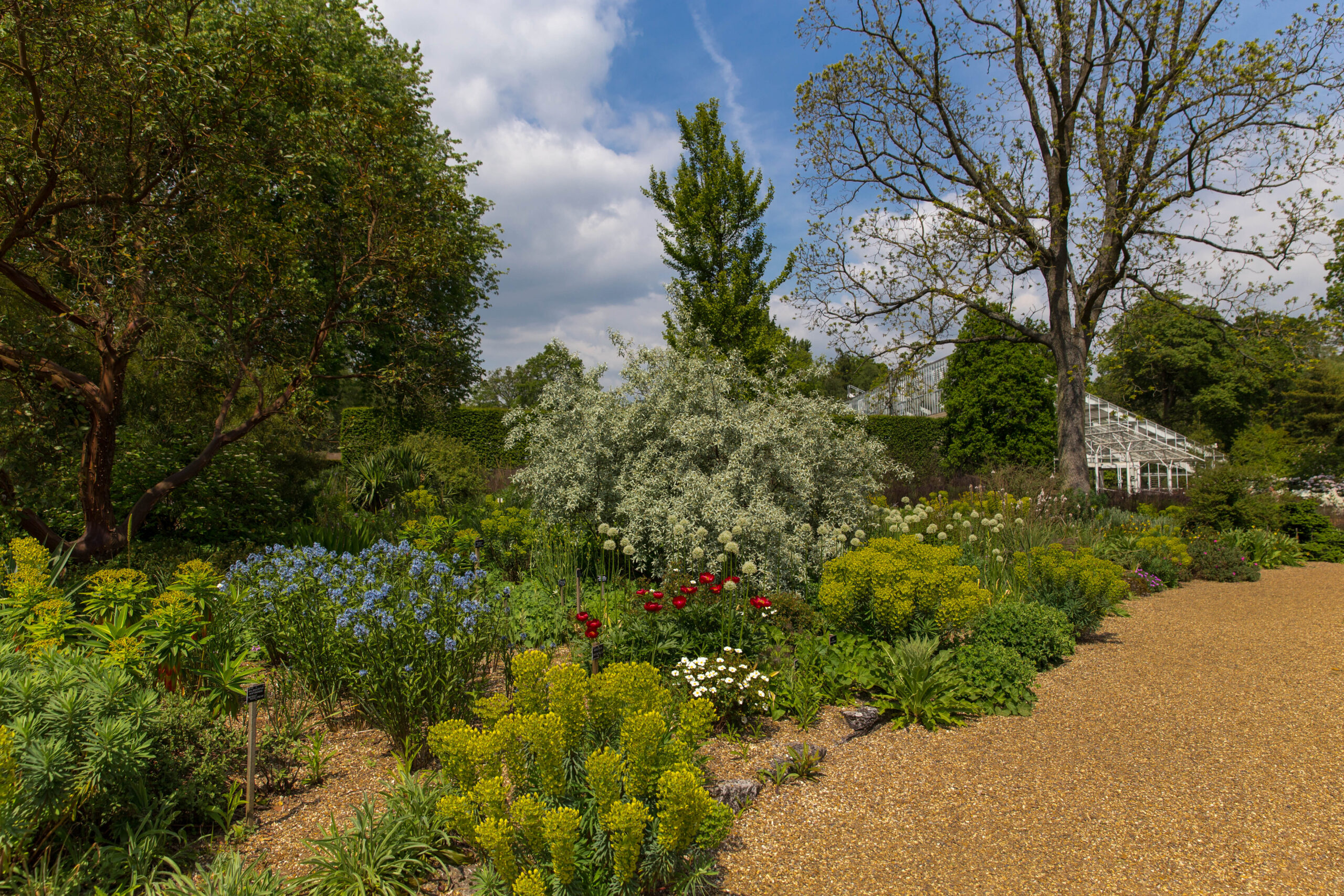
Strawberry trees
Some of the most interesting woody plants in the Dry Garden include the Arbutus x andrachnoides, which is a perfect ornamental small to medium sized evergreen tree, and a natural hybrid of A. unedo and A. andrachne, which are mainly found in Greece.
Commonly known as a strawberry tree, it is by far the best for bark colour especially after a rainy day in late summer when the sunlight catches the smooth bark after it has peeled.
It is also one of the few winter flowering trees which is often followed with small orange-red fruits.
What you may not know, is that the tree is part of the Ericaceous family – thus related to rhododendrons.

Strawberry tree bark

Amur Maackia
Perhaps the most flower-bearing tree in the Dry Garden is Maackia amurensis (Amur Maackia), called as such because it is found near the Amur River in northeast Asia.
This seldom encountered deciduous medium sized tree tolerates severe dryness, cold temperatures and heavy soils making it an important tree of focus for the future in light of our changing climate.
In full bloom, mainly in July, it supports thousands of bees that are attracted by the scented creamy-yellow flowers.
The specimen tree that you see in the Dry Garden today came from Borde Hill Garden circa 1977.

The Amur Maackia
Conifers
In contrast to the trees previously mentioned, a different highlight are the very upright conifers in the Dry Garden.
One tree in question is similar to an Italian Cypress (Cupressus sempervirens) and until recently was named as Juniperus chinensis ‘Savill Sentinel’. This was until Professor Bob Adams from Baylor University, Texas, USA visited Europe to study various coniferous collections especially Juniperus and their link to a cure for cancer.
Professor Adams was accompanied by Keith Rushforth, a well know conifer expert based in the south-west of England and has travelled extensively in Asia.
In Professor Adams’ research it was highlighted that the conifer in the Dry Garden under the name Juniperus chinensis ‘Savill Sentinel’ is indeed a Cupressus gigantea ‘Savill Sentinel’ (Tsango Cypress) native to Tibet. Since this finding the databases for The Savill Garden have been updated.
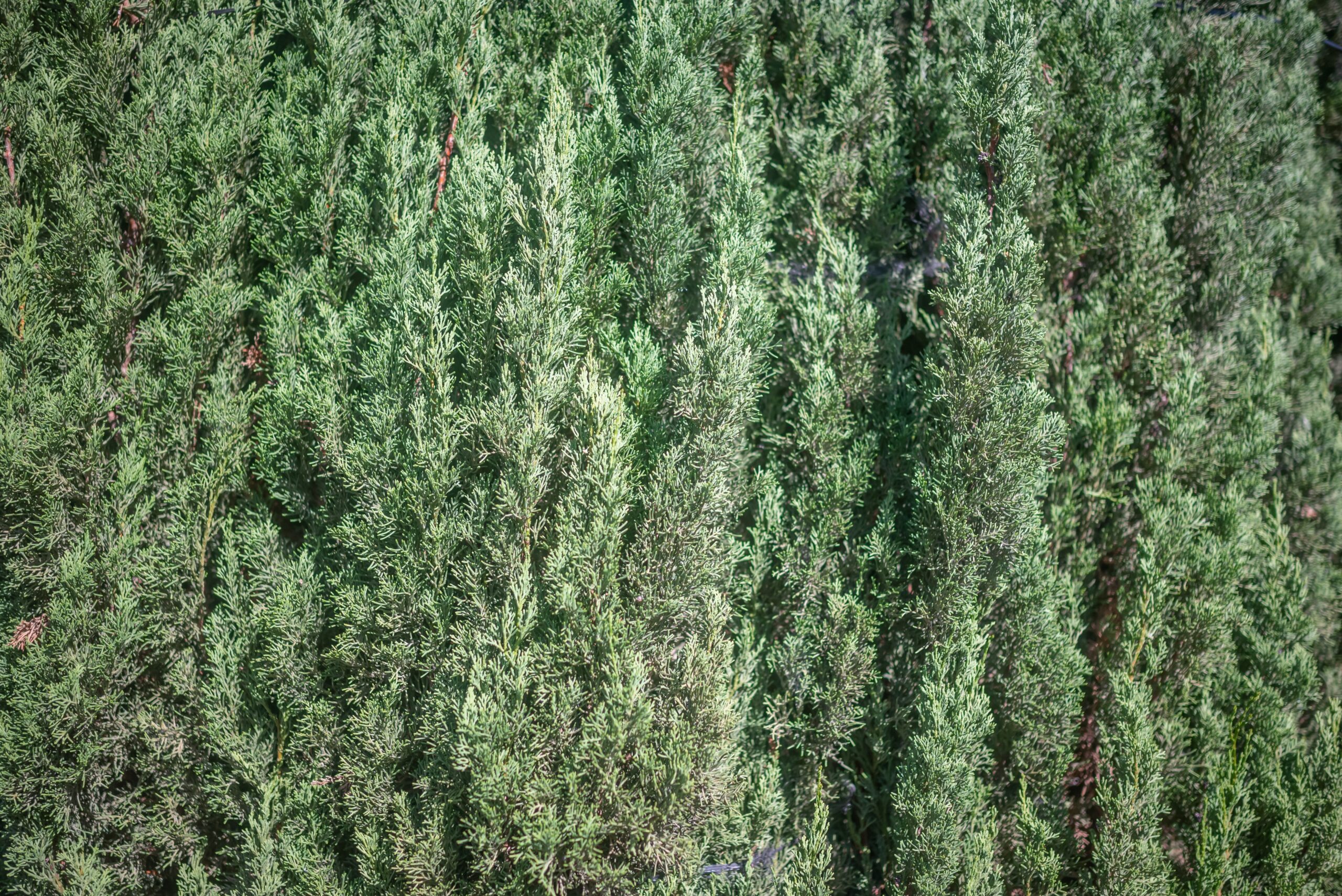
The juniperus chinensis

Trees of the olive family
Some readers may already be aware that the olive tree privet (Ligustrum spp.) and ash (Fraxinus spp.) are relatives of the olive family (Oleaceae). However, not many may have noticed the fringetree (Chionanthus virginicus) in both the Dry Garden and Middle Ride of The Savill Garden.
The fringetree is interesting as it mainly appears in the collection as a shrubby wide spreading plant with large leaves and abundant numerous white frilly narrow flowers in early summer. By late summer, the flowers change into purple-black mini olives.
The tree is mainly native to southern states of the United States such as Florida, and the specimen in the Dry Garden comes from the gardens of Villa Taranto on Lake Maggiore in Italy.

The fringetree
Acers
Another highlight in the Dry Garden is the Cretan maple (Acer sempervirens), a small deciduous tree, collected at an altitude of 1450m by the previous Keeper of the Gardens, Mark Flanagan, in 2001 on a trip to Cypress.
The tree is at its best in spring as the new leaves appear with the flowers.
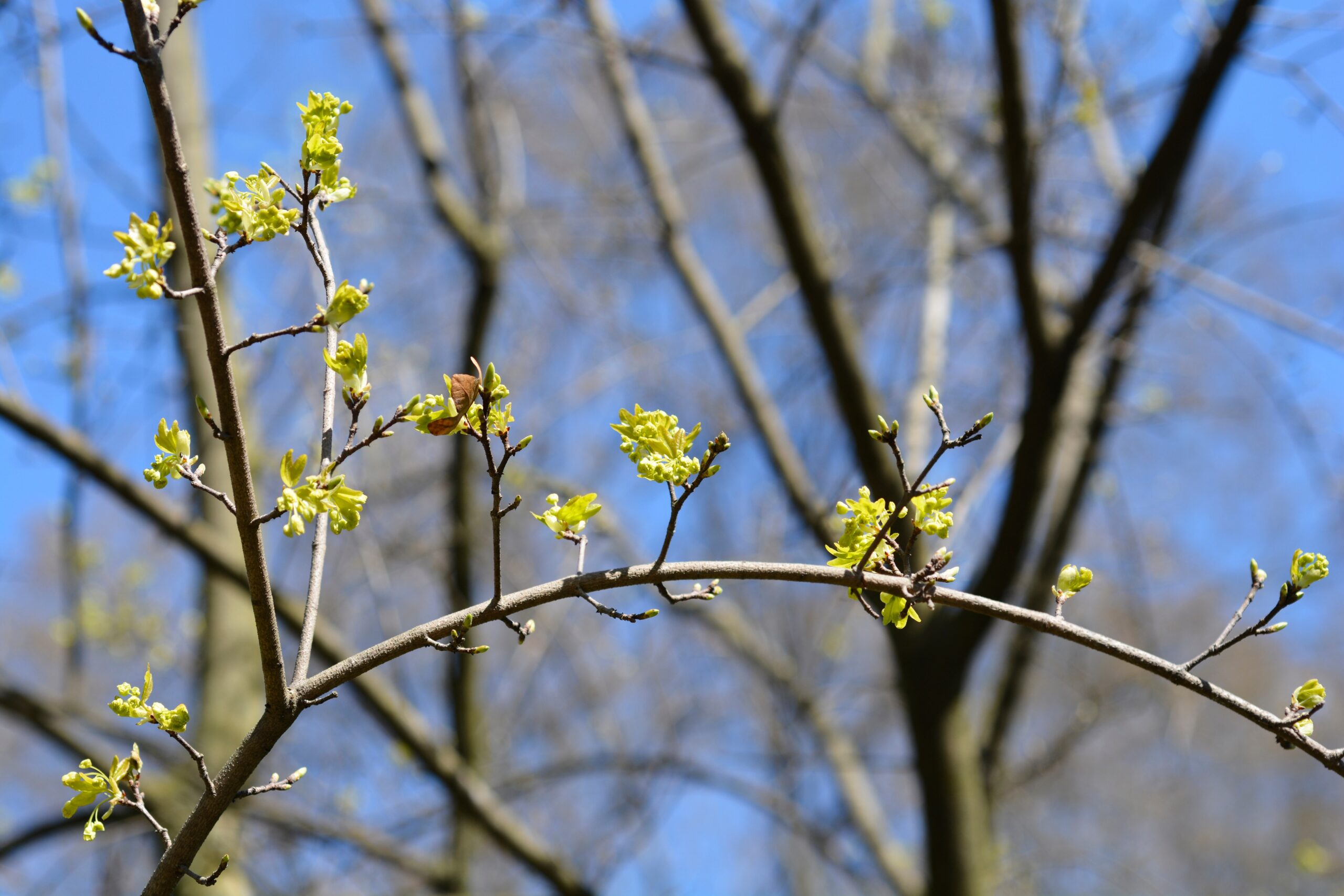
Cretan Maple
Lime tree
One of the most interesting woody plants in the Dry Garden is Tilia kiusiana, a mountainous Japanese lime tree – rare in gardens and collections.
The tree in the Dry Garden came from Mallet Court Nursery in Somerset from James Harris & Primrose Mallet-Harris.
In general, it is a slow growing tree, rarely getting bigger than 15metres, but in summer can be found covered in bees attracted by the lightly scented flowers.
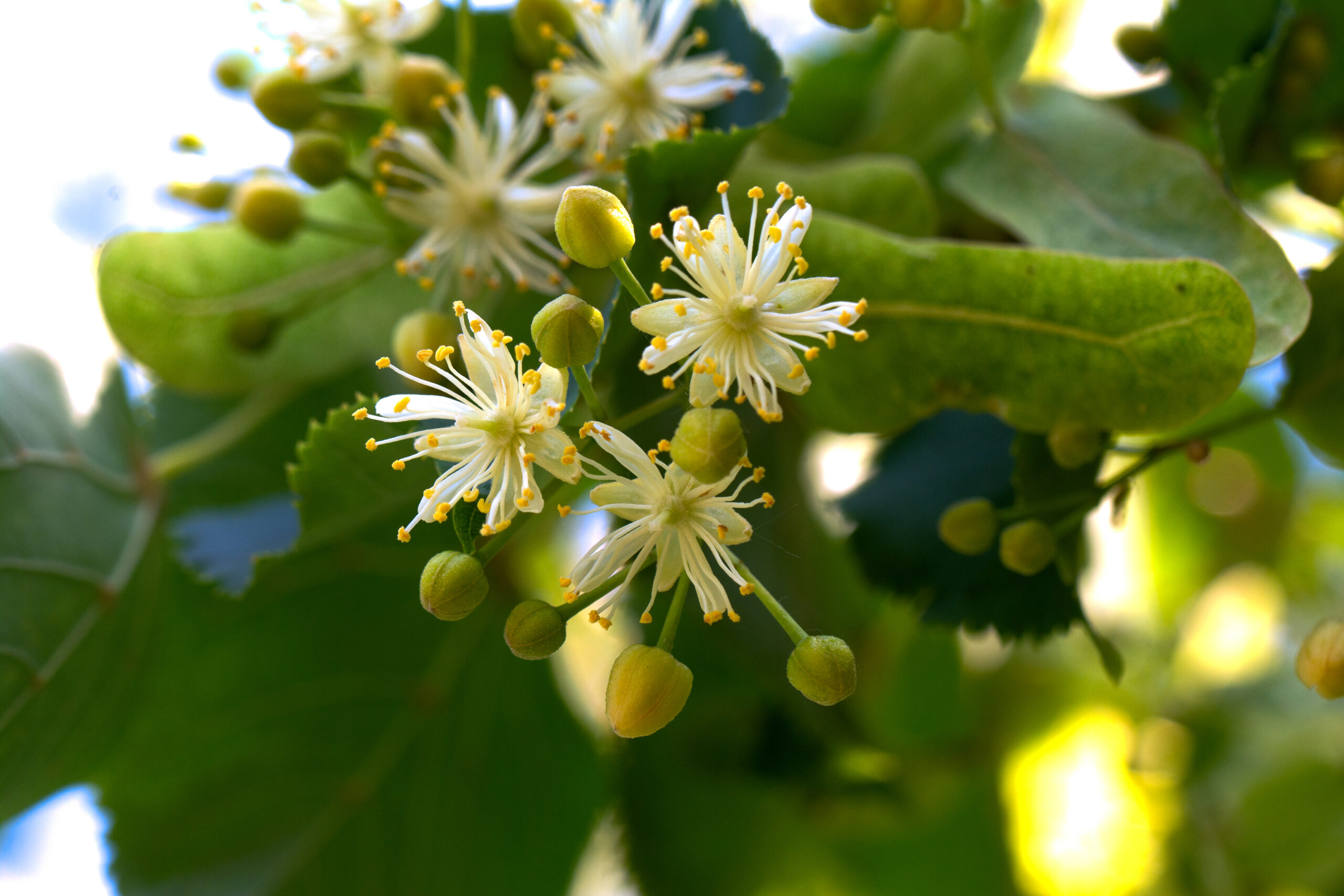
Japanese lime tree
River lomatia
Of the plants native to the southern hemisphere that can be found in the Dry Garden, one of the best flowering and most resilient shrubs is Lomatia myricoides (river lomatia).
This evergreen large shrub has narrow lance-shaped and coarsely toothed leaves with creamy white spider-like flowers in the summer.
Native to the southeast region of Australia, the shrub is another great source of pollen for bees.

River lomatia
Rosemary Grevillea
Finally, to a shrub that appears to flower permanently, enjoying a sunny dry sheltered location in The Dry Garden.
Grevillea rosmarinifolia (Rosemary Grevillea) is an evergreen shrub with narrow, pointed leaves ideally suited for the dry conditions in its native New South Wales, Australia.
It’s a shrub that can be pruned after flowering to keep in shape but is also quite happy to become a wide spreading large shrub, suitable in many sunny, sheltered areas.
There are many species to admire, especially the yellow flowering G. juniperiana f. sulphurea which the team are hoping to acquire for the Dry Garden soon.
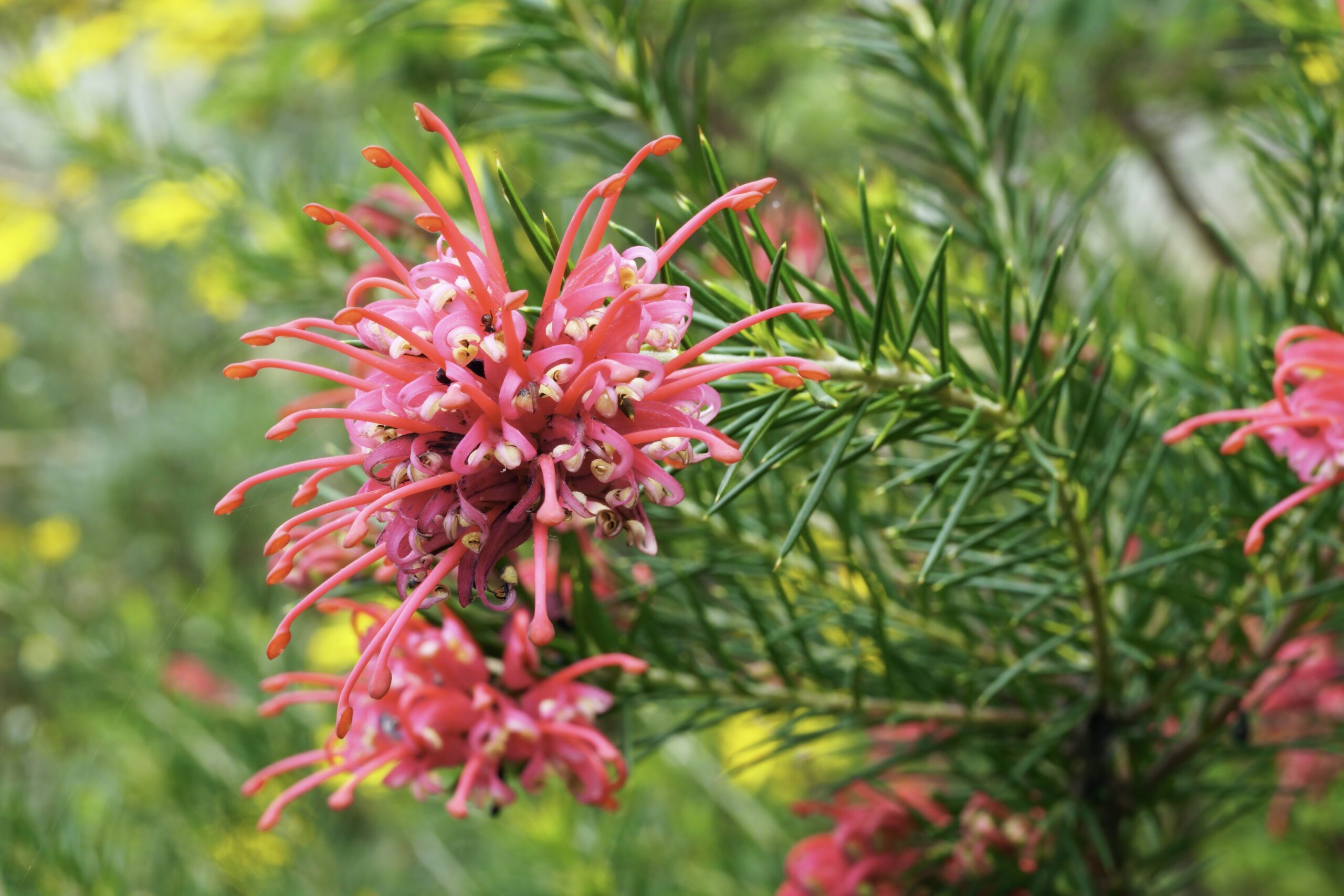
Rosemary Grevillea
Share this article



